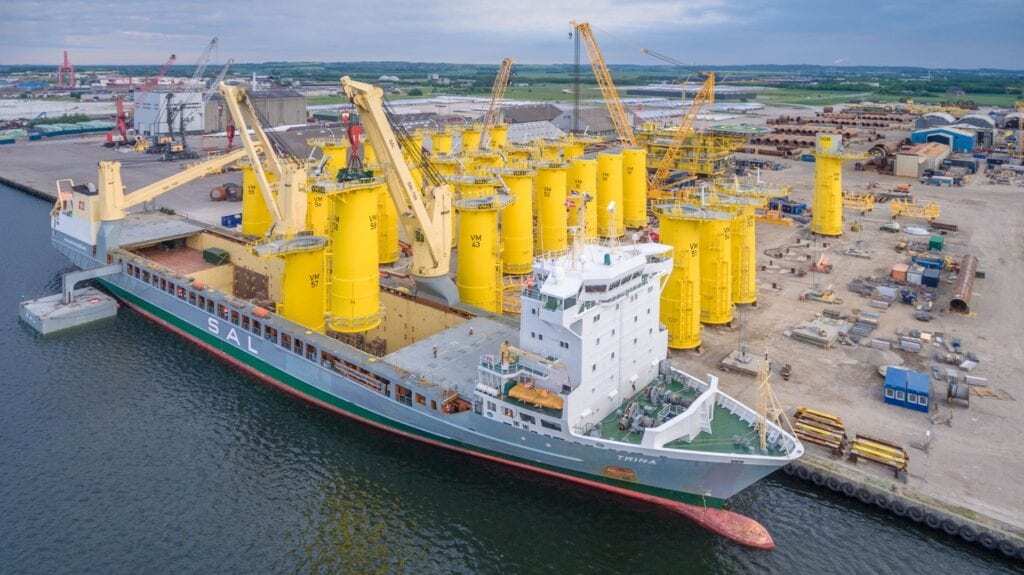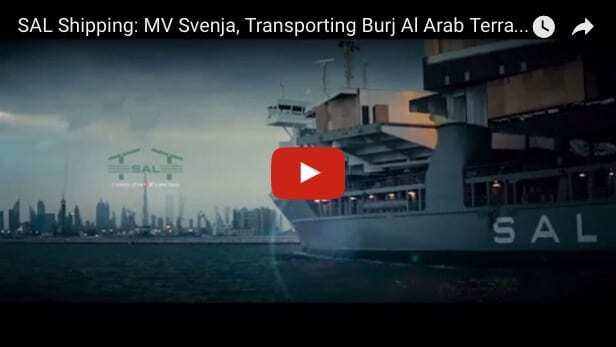Q&A with Christian Hoffmann, Head of Marketing and Corporate Communications at SAL Heavy Lift
What does SAL stand for? Who are the owners of SAL today? Where are the headquarters and branch offices of SAL?
SAL stands for Schiffahrtskontor Altes Land and relates back to the place of founding. The company was founded in 1980 by the brothers Hans & Claus Heinrich in the small village of Steinkirchen, which is located on the brink of the Elbe in the Altes Land region approximately 45 km south west of Hamburg. They inherited 4 cargo vessels from their father Paul Heinrich which they started trading on a tramp service. Soon they saw an opportunity providing heavy lift tramp services, and acquired some of the first modern heavy lift geared vessels in the world. That was in the mid 80’s. It later grew into what SAL is today.
SAL was a family owned company until 2011 where Japanese shipping conglomerate Kawasaki Kisen Kaisha (“K” Line) acquired 100% of the shares (after 4 years of running as part owner). SAL no longer resides in Steinkirchen, but has its headquarters in HafenCity in Hamburg, where we relocated to in 2013.
Today SAL has 9 sales offices outside Germany located in Houston, London, Denmark, Helsinki, Delft, Perth, Shanghai, Tokyo and Singapore. In addition to that we have an Engineering office in Manila.
Describe the service that you offer customers. Is it a liner service on some routes or is it a breakbulk tramp service available to go anywhere?
We operate as a break bulk tramp service provider. We run what we refer to as a semi-liner service, where a number of our vessels are steaming between North Europe (Rotterdam/Antwerp) to Far East (Japan, South Korea) making 3-4 voyages per month. The principles of the tramp service is however rested in our service where we build up voyages based on where cargo/projects are, i.e. we parcel up along route, making it a customized service. In addition to our semi-liner service we also operate as project carrier, allocating vessels to dedicated projects worldwide. Lastly we have focus on offshore installation services, where we via our DP2 capable vessel MV Lone can engage in offshore construction or decommissioning work, or work that requires station keeping.
If a potential customer needs a rate from SAL where should the inquiry be sent?
Our clients around the world can contact our local sales office or agent, or contact our headquarters as they prefer. All rate inquiries go to our chartering and project team. For the client it will be irrelevant whether they turn to an SAL office or an agent. If they prefer to work direct, we do so, if they prefer to work with local counterpart then that is how we work. As a client you should not be able to feel the difference in quality and service SAL provide, irrespective of who you contact within or sales organization.
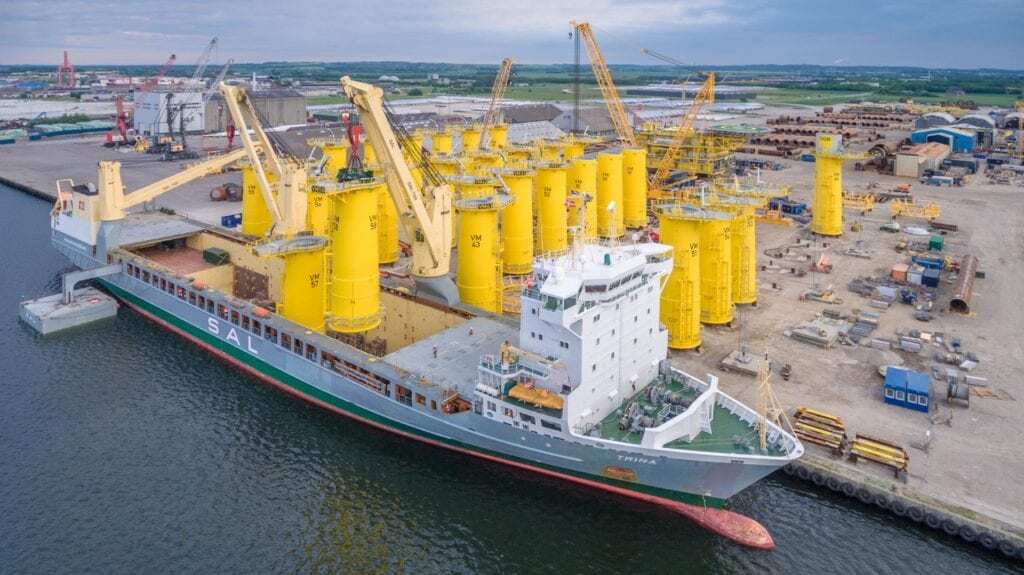
Could you give us a couple of examples of projects you have carried over a longer period of time?
Yes certainly – we handle a wide range of larger projects, where our vessels and teams are engaged over a longer period of time. Very recently we had our MV Trina engaged in the Veja Mate Offshore Wind farm project, where she transported 67 Transition Pieces (foundation structures) and anode cages from Aalborg, DK, to Eemshaven NL. The project was carried out over 12 consecutive voyages. Also columns and structures for refinery projects as well as oil & gas are still taken up a good portion of our vessels. Finally our marine cargo has been significant in 2016, shipping many tugs and other vessels for especially Damen around the world.
We also conduct offshore installation and decommissioning work. A good example of this was our involvement in the Kitchen Lite Unit 3 project in Alaska, where we served as installation platform to install a new offshore gas process facility off the cost of Anchorage in Cook Inlet.
Do you provide containers if a shipper need to ship both breakbulk as well as containerised cargo or do you require containers to be shippers owned?
No we do not provide containers, but we do ship s.o.c.s.
Are you able to call ports with shallow draught and if so how shallow? Give us examples of ports that you have called with such restrictions.
Yes it is in fact one of our competitive advantages, as our vessels are able to enter outer ports where drafts restrictions are more challenging than in main ports. An example hereto is Ortona in Italy with a draft restriction of 5,9m.
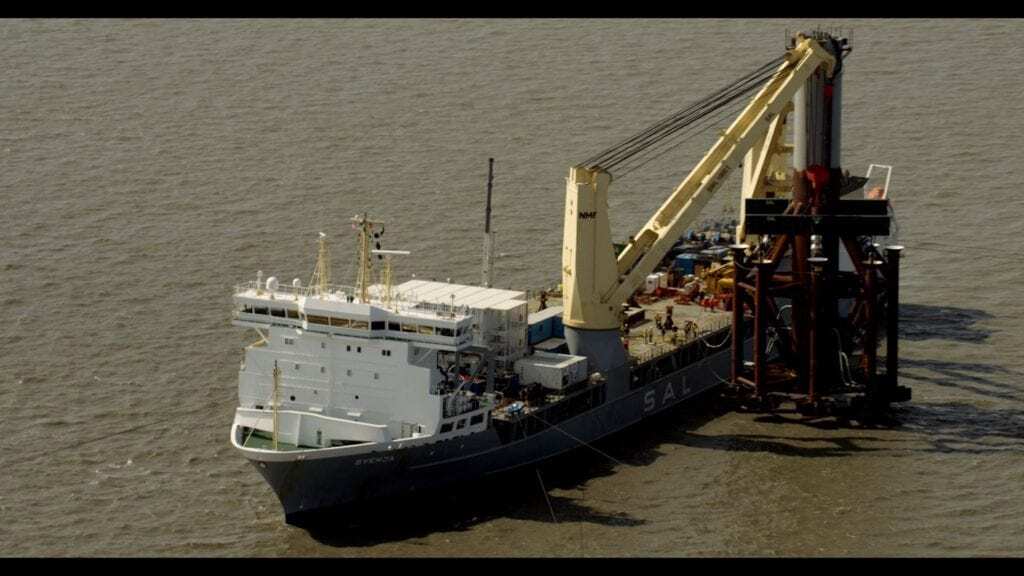
Do you accept cargo inquiries from shippers direct in case a freight forwarder asks you for the same project or how would you handle such a situation?
We respond to all inquiries and each response is tailor made to respond to that inquiry appropriately. Rarely are two inquires the same.
There is a lot of competition out there now, many container carriers have started to accept heavy larger pieces of breakbulk cargo. There are also competitors in your own segment. Tell us a bit about the advantages that SAL provides over the competitors?
We define ourselves by high service quality, and this is something we cannot compromise on. Our clients have the luxury of choosing from many shipping companies for each parcel at present, so we have to ensure that the quality of our service is the very highest it can be. It is a differentiator. A consistent standard of service can take many years to build yet can be lost quickly if poor market conditions cause an organization to become too focused on OPEX. This is extremely important of course, but not if in driving down cost you irretrievably drive down the quality of service. For us, maintaining our service to the highest level possible shields us from becoming a general break bulk service provider.
Do you also provide in-house engineering services and assistance to would be customers?
Engineering is the backbone of the service we provide (along with exemplary seaman-ship). We have a large engineering department +30 people, which entails some of the best heavy lift technicians in the industry. We see our engineering as a diversification factor as well, and as a service that can be marketed in and of itself. So yes we do provide technical solutions to clients, also if they don’t make use of our vessels (up front). This can for instance be part of a FEED study for some of the larger engineering consortiums or work out special lifting/stowage and installation solutions. That is also why we market ourselves by Engineered Marine Transport and We Innovate Solutions. Because that is essentially what we do and what makes SAL stand out.
How many years did you work for SAL and why did you choose a career in shipping? Do you have a regular SAL newsletter that you distribute to your clients and is it something that readers can sign-up for?
I joined SAL in 2012, I am now entering my 5th year with the company. I was drawn to shipping because of it’s international environment. I can hardly think of a more global work environment than shipping. Shipping also exposes you to many different industries at the same time due to the diversity of the clients. It makes shipping unique.
If you want to get regular updates on what we are working on in SAL and some insights into the amazing projects we undertake, then please sign up to our quarterly corporate magazine Newsbreeze. It is distributed digitally and comes straight to your inbox.
Subscribe here: http://sal-heavylift.com/news/newsletter/subscribe/
Otherwise you can learn more from our website www.sal-heavylift.com or from our social media pages LinkedIn, Facebook, Twitter and Youtube.
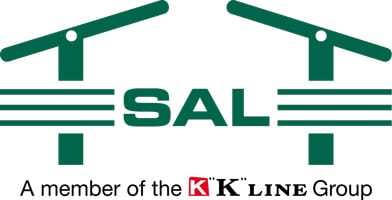 Interviewee:
Interviewee:
Christian Hoffmann
Head of Marketing and Corporate Communications
christian.hoffmann@sal-heavylift.com
SAL Heavy Lift
www.sal-heavylift.com
